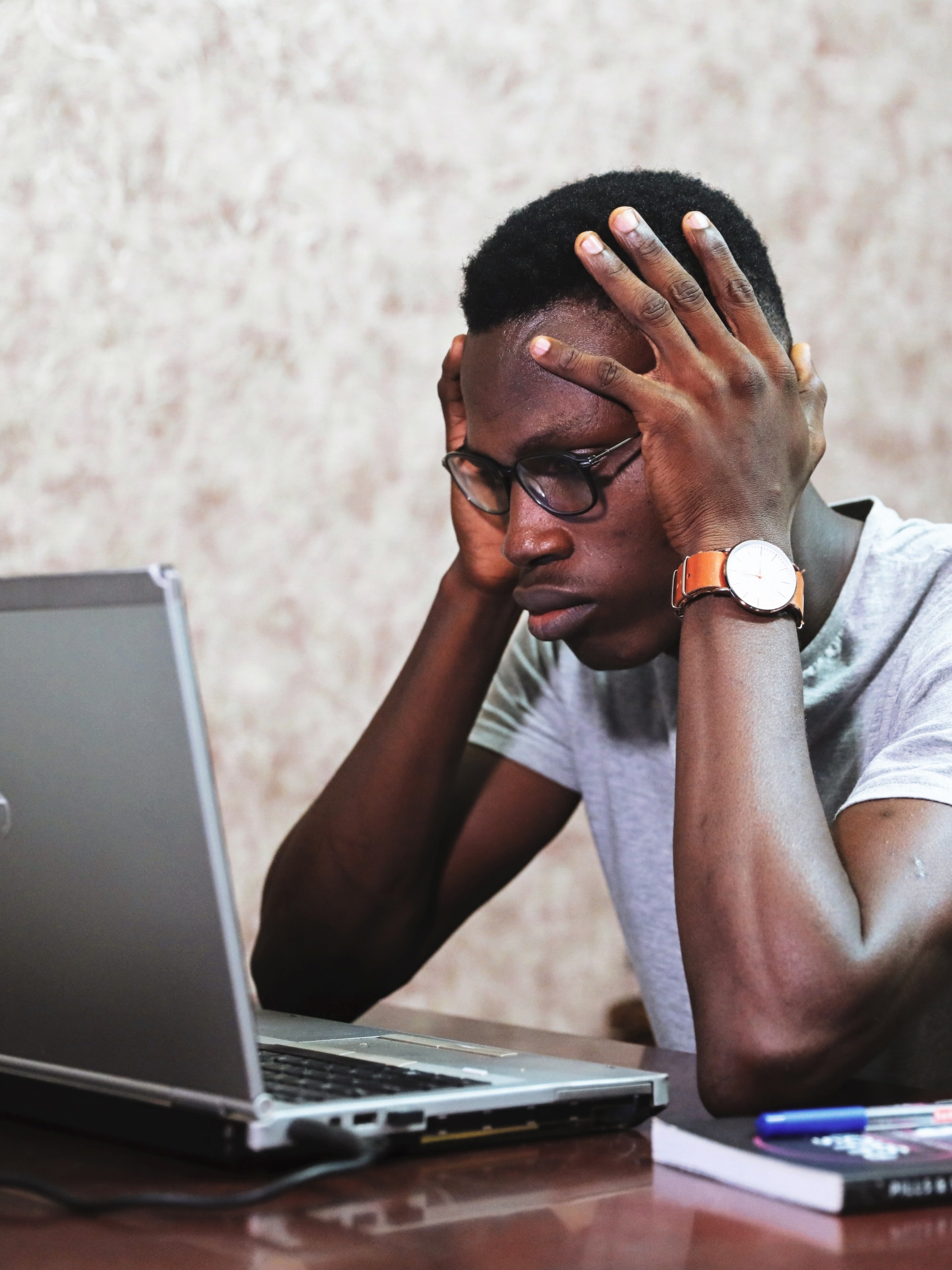As if 2020 wasn’t stressful enough, we now have the holidays approaching fast. From holiday gifts and food shopping (more staring into a computer screen) to deciding whether or not we will be able to gather as family and friends (because of the pandemic), the mental and physical stress continues to pile on during this time of celebration. This bodily tension can lead to headaches, body aches, mental and physical fatigue. Give yourself a personal gift this holiday season. Take time to turn your attention inward and refocus, gathering all the internal resources you need to experience a little more peace, a deeper state of relaxation as you choose to handle stress a little differently this season.
Short-Term Strategies to Relieve Physical Stress
Here are a few techniques to use in moments where you need to gather yourself quickly and refocus. These short-term strategies can provide instant, temporary relief.
#1: Compassion
The (real) secret to happiness is not more time, money, or even less stress. Research shows that a little compassion goes a long way toward feeling better about yourself and the World around us. We are born with the instinct to be nice. The pleasure centers of our brain light up when we are kind. Not to mention, it boosts our immunity, which we all could use during this pandemic. Even just witnessing acts of compassion triggers feelings of warmth, love, and admiration.
What do you do to be kind to yourself? What puts you in a happier, more pleasant mindset? The physical act of putting your hand on your heart sends a soothing message from your body to your mind and puts you in a compassionate state. Brenda Knight, author of “Be a Good in the World,” reminds us we don’t have to let go of our worldly possessions or donate lots of money to be compassionate. Try one of these tips this season:
- Give a compliment and mean it
- Catch a co-worker or family member doing something amazing and acknowledge it
- Put down your phone and make eye contact
#2: Walking
While walking may seem to be a simple exercise, we often move unconsciously and miss the effectiveness it has to relax us. If you have been at home staring at that computer screen a lot, you may have been slowly pruning back your activity level throughout the day. When was the last time you took a quick walk, even up and down the hallway several times? Moving every hour or so can help improve your blood circulation and wake your mind. Go outside for a walk, even if it is to the mailbox or down the driveway. Stroll. What do you hear? Can you identify three distinct and different sounds as you walk: a car, bird, your feet on the gravel, the wind in the trees? Are there any recognizable smells in the air: your clothing, smoke from a fireplace, your perfume? A walk surrounding yourself with nature can relax and clear your mind as well. If you find it uncomfortable to walk for long periods, remember to pace yourself. You may even find it useful to engage in a Movement Intelligence Program to help you move without physical discomfort.
Long-Term Strategies to Relieve Physical Stress
These techniques may or may not provide an immediate benefit. However, in the long run, you may find yourself holding less tension in your body, feeling less reactive in unexpected or difficult situations, and more joy and ease on a day-to-day basis.
#3: Schedule Play
If you do not actively make time for what makes you smile or laugh out loud, your hobbies, or support relaxation, you will likely push it aside for work or “that one more thing you have to get done.” At the beginning of every week, make an effort to plan out your leisure time. Plan out what you will do, whether singing or dancing with your headphones on, playing a sport or a computer game, exercising, or simply sitting on your front porch to enjoy the fresh air.
#4: Meditation “I am awake, and this NOW is new.” -E. Tolle
You may choose to engage in a guided meditation or a meditation without any external music or noise. A common misconception is that meditation is about completely silencing your mind. However, it is about remaining in the moment. While there are several different types of meditation, one of the most common types is mindfulness meditation. For example, one would observe and name your body sensations or individual thought streams in the present without being quick to judge them. Notice the words of your inner chatter. Or, you may prefer to use your body to calm your mind by focusing on the rhythm of your breath or the active contraction and release of the muscles in your body. If you find your mind drifting and thinking of your to-do list, acknowledge that thought and then gently bring your mind back to observing the breath again.
If you prefer a calm voice to guide you through, a quick search can yield plenty of free guided meditation videos online. Or let me show you in this 10-minute guided meditation, Breathing in – Breathing out.
Relieve Your Stress
If you find it challenging to get the physical activity you need to reduce your stress, get in touch through my website or call my office at 812-344-4119. We can work together to determine how we can increase your level of pain-free mobility.

